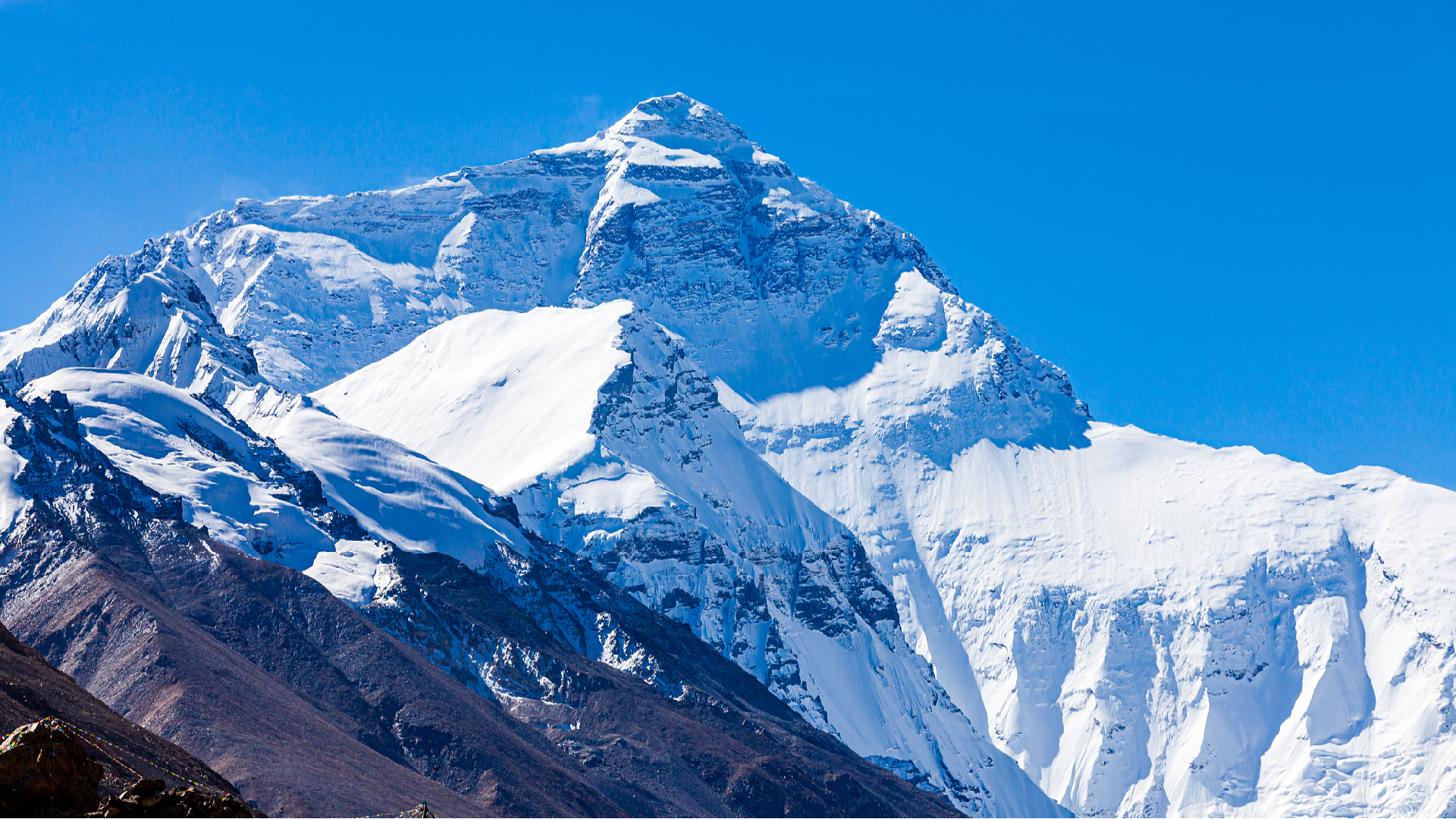Study shows Qinghai-Xizang Plateau's important role in carbon capture


<img src='https://news.cgtn.com/news/2024-08-18/Study-shows-Qinghai-Xizang-Plateau-s-important-role-in-carbon-capture-1waq5rZe3fi/img/3747e0eb46374b22b3047c7a756d028d/3747e0eb46374b22b3047c7a756d028d.jpeg' alt='Mount Qomolangma on the Qinghai-Xizang Plateau. /CFP
'
The Qinghai-Xizang Plateau ecosystem absorbs approximately 120 to 140 million tonnes of carbon dioxide (CO2) annually, accounting for 10 to 16 percent of China’s total ecosystem carbon sink, according to the findings of the second Qinghai-Xizang Plateau scientific expedition and research released on Sunday.
Given that the plateau currently emits 55 million tonnes of CO2 annually, its carbon surplus exceeds more than 65 million tonnes per year, said Yao Tandong, an academician with the Chinese Academy of Sciences and leader of this scientific research survey, at a press conference in Lhasa.
<img src='https://news.cgtn.com/news/2024-08-18/Study-shows-Qinghai-Xizang-Plateau-s-important-role-in-carbon-capture-1waq5rZe3fi/img/b25c351cdd604716a3713be6fdd6f06a/b25c351cdd604716a3713be6fdd6f06a.jpeg' alt='Frozen lakes on the Qinghai-Xizang Plateau. /CFP'
Yao added that the plateau’s 1.4 million square kilometers of permafrost holds around 37 billion tonnes of organic carbon, accounting for over 60 percent of the plateau’s total soil carbon stock.
“However, the potential thawing of deep permafrost due to future climate warming could pose a risk to its carbon sequestration capacity,” Yao said.
<img src='https://news.cgtn.com/news/2024-08-18/Study-shows-Qinghai-Xizang-Plateau-s-important-role-in-carbon-capture-1waq5rZe3fi/img/d710329ba35d41818487cb692374d7d5/d710329ba35d41818487cb692374d7d5.jpeg' alt='The Qinghai-Xizang Plateau. /CFP'
The Global Observation-based System for Monitoring Greenhouse Gas (GONGGA) system, developed independently by the scientific research survey team, is an essential tool for estimating natural carbon sinks.
It integrates atmospheric transport modeling, CO2 concentration observations, and CO2 emission inventories to accurately assess the carbon sink capacity of the Qinghai-Xizang Plateau ecosystem.
This system not only supports China’s “dual carbon” goals with important scientific data but also provides valuable Chinese data and methodologies for international carbon accounting and assessments.
<img src='https://news.cgtn.com/news/2024-08-18/Study-shows-Qinghai-Xizang-Plateau-s-important-role-in-carbon-capture-1waq5rZe3fi/img/cbdb2bdbd2f54c6db0f4147e6831b319/cbdb2bdbd2f54c6db0f4147e6831b319.jpeg' alt='Rivers on the Qinghai-Xizang Plateau. /CFP'
“Going forward, the carbon sink function of the plateau can be enhanced further by improving the quality of grassland and forest ecosystems,” Yao said.
China initiated the second scientific expedition and research of the Qinghai-Xizang Plateau in August 2017, intending to reveal the mechanism of environmental change and provide scientific support for the ecological security of the plateau.
(Cover image via CFP)

